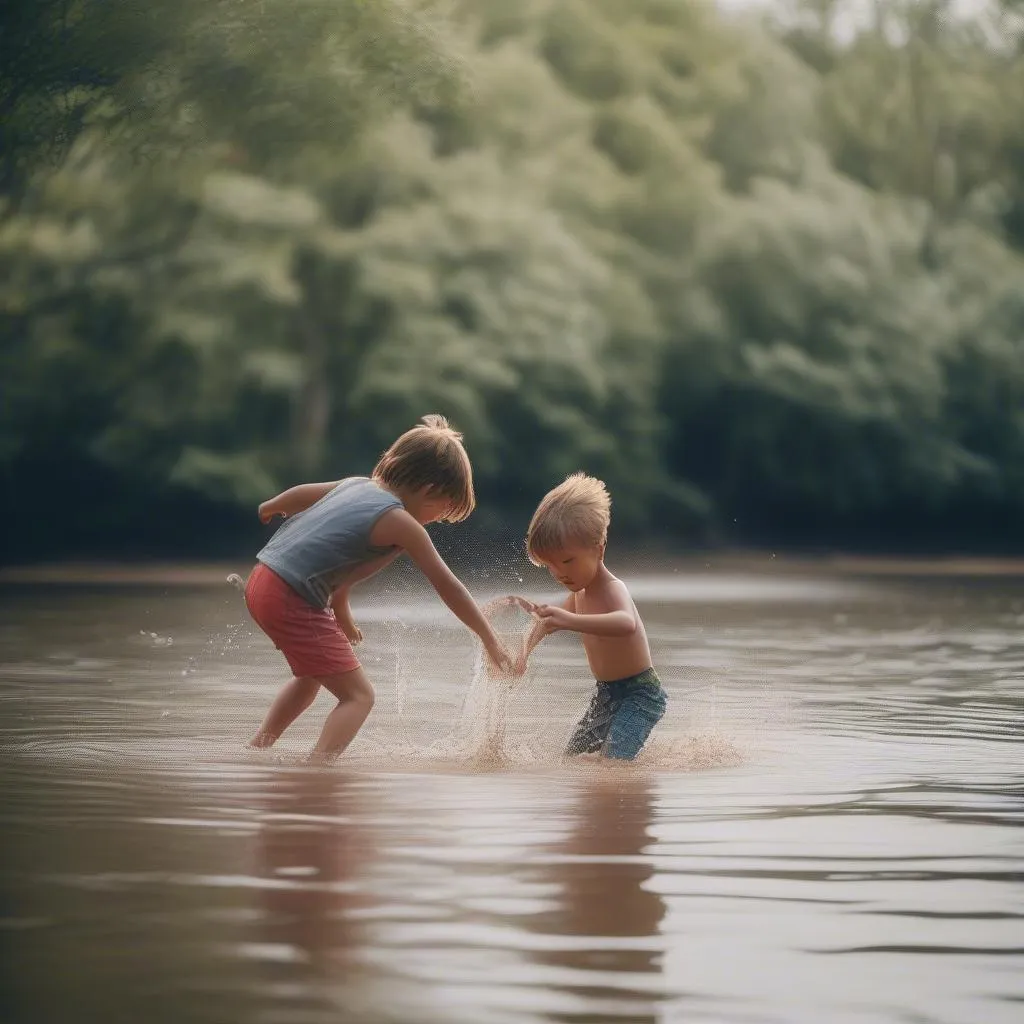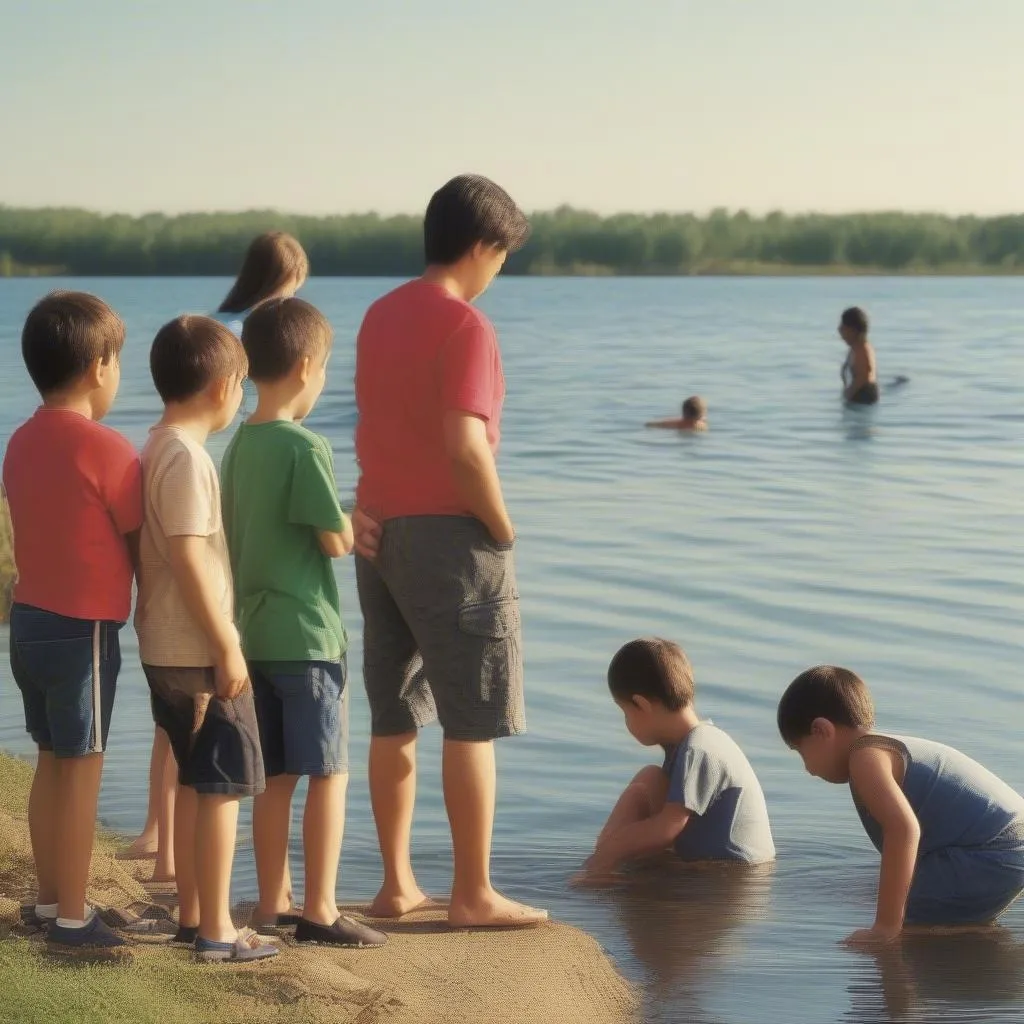Accidents happen, and no parent wants their child to be harmed. Drowning accidents can occur unexpectedly, causing severe trauma to families. As summer approaches with its hot weather, young children are naturally drawn to playing in water, be it ponds, lakes, rivers, or streams. Therefore, equipping preschoolers with drowning prevention knowledge is crucial.
Why Preschool Drowning Prevention is Crucial
“Stay away from the water, dear!” Parents’ warnings are ingrained in every child’s mind. But are words alone enough for children to fully understand the dangers of water?
Drowning is a leading cause of death for children under 15 years old. According to statistics from the National Children’s Hospital, hundreds of children die from drowning each year. Professor and Doctor Nguyen Tien Dung, Director of the National Children’s Hospital, once shared: “Drowning prevention is an urgent task that requires the joint effort of the entire community.”
Preschool Drowning Prevention Lesson Plan: Key Content
1. Understanding Drowning
 Children playing unsupervised near water
Children playing unsupervised near water
- Drowning is when the body is submerged in water, leading to breathing difficulties, oxygen deprivation, and potentially death.
- Causes: Playing near rivers, ponds, lakes, canals, ditches, swimming pools… without adult supervision.
- Signs: Panic, struggling, yelling, inability to stay afloat, blue face, loss of consciousness.
2. Preschool Drowning Prevention Measures
2.1. Constant Adult Supervision Near Water
 Adult supervising children playing by a pool
Adult supervising children playing by a pool
“Watching children is like watching fire,” an old proverb reminds us of the danger of leaving young children unsupervised near water. Parents, relatives, and teachers must always pay close attention to children and absolutely prevent them from going into the water alone, especially near rivers, ponds, lakes, canals, ditches, and swimming pools.
2.2. Teaching Children Water Safety Skills
“I know, it’s annoying, you keep saying it,” parents often complain when teaching children about safety. But teaching children safety skills is extremely important so they can protect themselves.
Teachers should:
- Teach children to recognize dangers: Children need to understand which places are dangerous and where it is unsafe to play in the water.
- Teach children swimming skills: Swimming is an important skill that helps children save themselves if they fall into the water. However, swimming lessons need adult guidance and supervision.
- Teach children how to react if they fall into water: Children need to know how to call for help, hold onto floating objects, grab onto the shore, etc.
3. Emergency Response to Child Drowning
“A moment of carelessness, a lifetime of regret,” when a child is drowning, time is of the essence.
Immediate action is crucial:
- Call for help: Shout for adults to assist.
- Call emergency services 115: Inform the hospital about the child’s condition.
- Perform first aid: Start CPR (cardiopulmonary resuscitation), chest compressions, etc., for the child.
Preschool Drowning Prevention: Call to Action
“Safety first,” let’s join hands to raise awareness about drowning prevention for children.
Contact us: Phone Number: 0372999999, or visit us at: 234 Hao Nam, Hanoi. We have a team of experienced professionals ready to advise, support, and provide lesson plans and materials on drowning prevention for preschoolers.
Note: This article is for informational purposes only. Parents and teachers should consult with healthcare professionals for further advice on child drowning prevention.